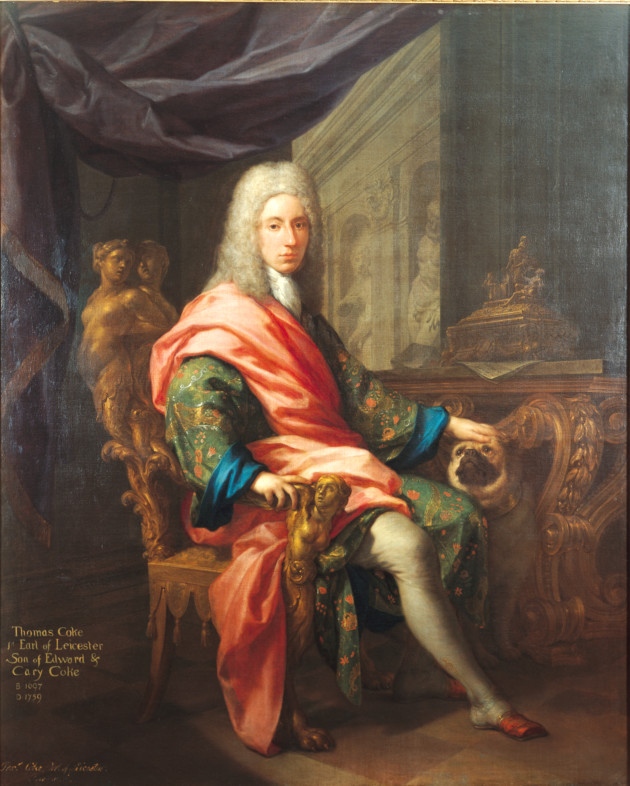Introduction
The Codex Leicester consists of 18 double sheets (72 pages) compiled to a large extent in Florence between 1504 and 1508. Leonardo focuses on water, investigating its elementary structure, vortex movements, and mechanical and optical properties, as well as the technical solutions for exploiting it to the benefit of humanity. He sees the cataclysms triggered by flowing waters as the cause of the presence of marine fossils on mountain tops and the continuous changes above and below the surface of the Earth. He explains the Moon’s Earthshine as due to the presence of water on its surface. The Codex illustrates the inexhaustible cognitive tension that fueled the mind of Leonardo, for whom art and science were equally vital resources for understanding nature.
The history of the Codex after Leonardo’s death in 1519 is obscure. Acquired in Rome in 1717 by Thomas Coke, Earl of Leicester, the manuscript remained in his descendants’ possession until 1980, when it was acquired by Armand Hammer, who gave it his name. In 1994, Bill Gates—its new owner—restored its former name.

